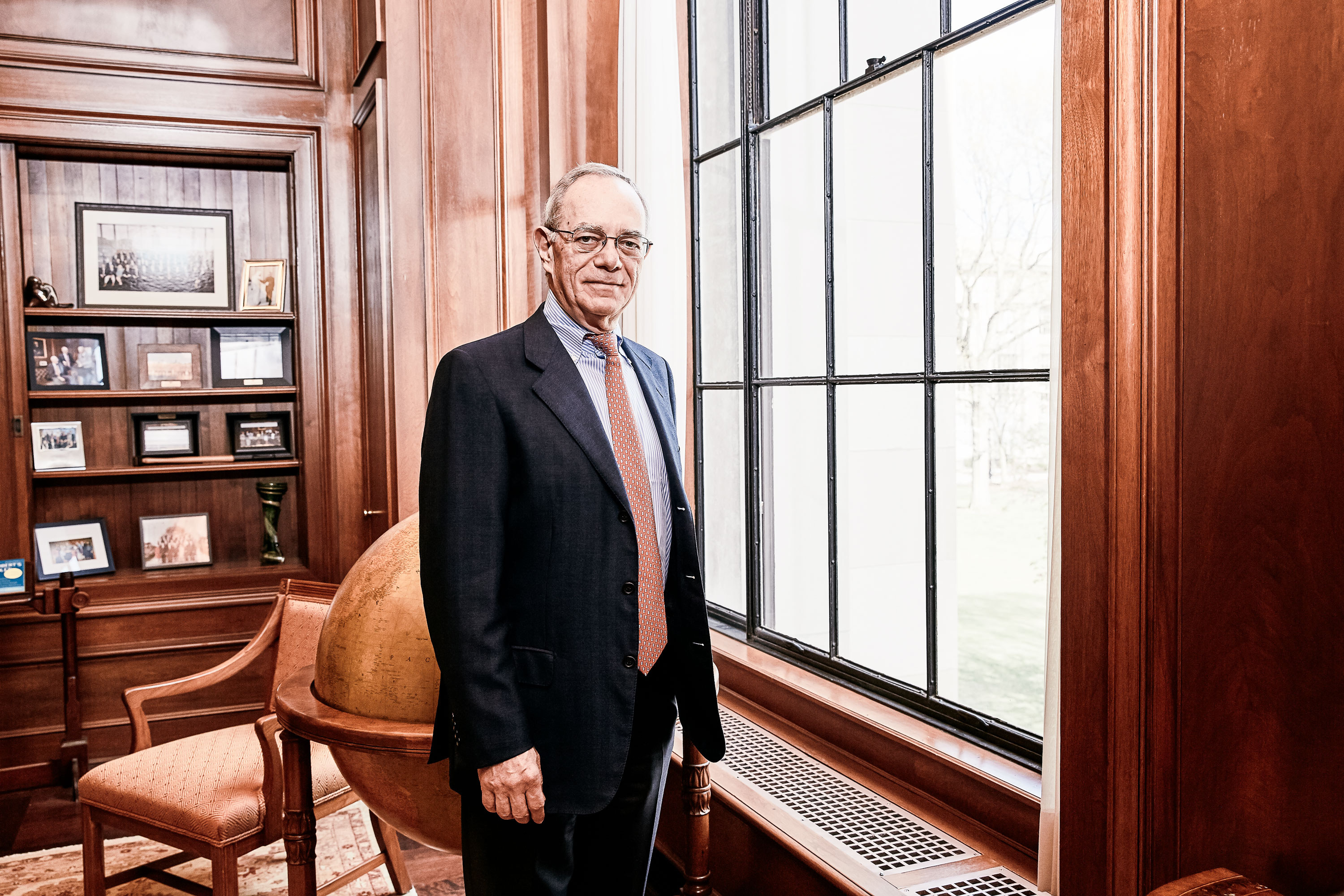The original moonshot
When NASA had an “impossible” assignment, they called on MIT.

This past summer, with the 50th anniversary of the first lunar landing, I suspect we all felt a surge of MIT pride. After all, when NASA realized that the moon landing would require a computer guidance system that was miniaturized, foolproof, and far more powerful than any the world had ever seen, they called MIT. What’s more, the second person to set foot on the moon was Buzz Aldrin, ScD ’63—the first astronaut to have a doctoral degree. (In fact, of the 12 humans who have walked on the moon, four graduated from MIT.)
I was also drawn to the story of Margaret Hamilton. (See profile, page 16.) Among the first programmers hired for the Apollo project at MIT, she played a key role in developing the software that made the moon landing possible. (She was also one of the first to argue that computer programming deserved as much respect as computer hardware. So she insisted on a brand-new term: “software engineering.”)
Indeed, the spirit of that magnificent human project speaks to our community’s deepest values and its highest aspirations. First: the power of interdisciplinary teams. Our society loves to single out superstars. Yet I expect that as graduates of MIT, you are already skeptical of stories of scientific triumph that have only one hero. In fact, among the most powerful lessons we teach our students is the importance of learning from each other, respecting each other, and depending on each other: the instinct for sharing the work and sharing the credit.
As Margaret Hamilton herself would be quick to explain, by July 1968, the MIT Instrumentation Laboratory had employed nearly 1,000 people to work on Apollo software and hardware. And from Virginia to Texas, NASA engaged thousands more. In short, she was one star in a tremendous constellation of talent. And together, those stars created something impossible for any one of them to create alone.
The story of the moon landing also reflects our community’s enthusiasm for bold ideas and “impossible” assignments, and it demonstrates just how much human beings can accomplish when we invest in research and put our trust in science.
Yet for those of us alive at the time, the most important insight was the sudden, intense understanding of our shared humanity and of the preciousness and fragility of our blue planet. Fifty years later, those lessons feel more urgent than ever. In that spirit, I believe that as members of the great global family of MIT, we must do everything in our power to help make a better world.
Keep Reading
Most Popular
Large language models can do jaw-dropping things. But nobody knows exactly why.
And that's a problem. Figuring it out is one of the biggest scientific puzzles of our time and a crucial step towards controlling more powerful future models.
How scientists traced a mysterious covid case back to six toilets
When wastewater surveillance turns into a hunt for a single infected individual, the ethics get tricky.
The problem with plug-in hybrids? Their drivers.
Plug-in hybrids are often sold as a transition to EVs, but new data from Europe shows we’re still underestimating the emissions they produce.
Stay connected
Get the latest updates from
MIT Technology Review
Discover special offers, top stories, upcoming events, and more.